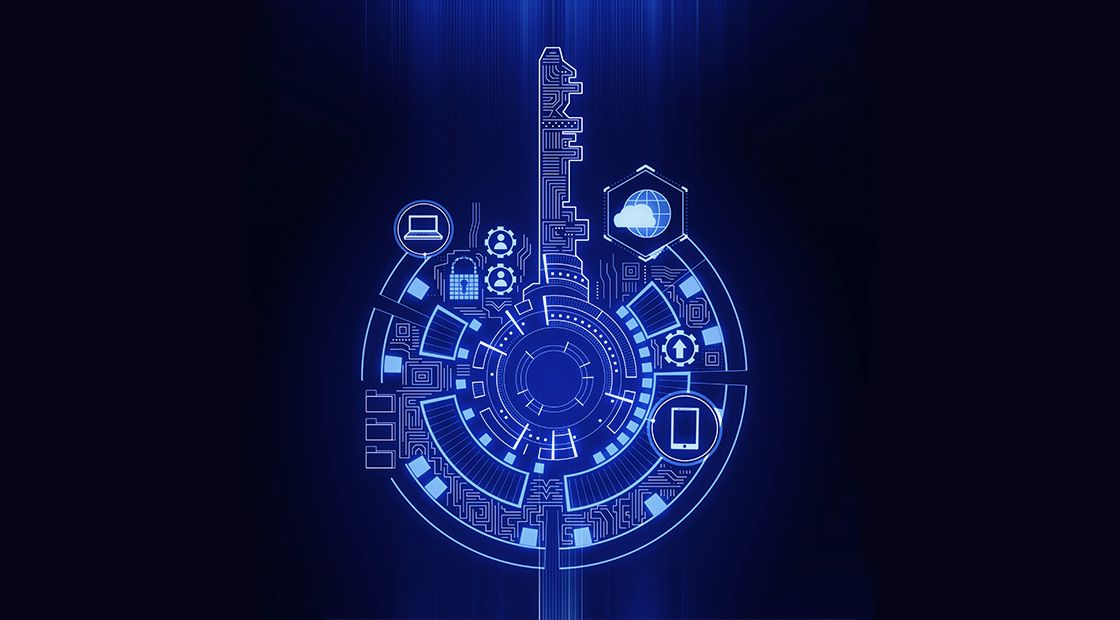Why crypto vault storage is the future of digital asset security
It’s one thing to believe digital assets are the future. You need to plan for it if you want to protect your assets. Security is the art of anticipation in which you stay ahead of known and emerging threats.
Built with multiple keys, Casa’s crypto vaults provide you with robust and reliable security against a litany of threats. Here’s why you can expect crypto vaults to be the go-to standard for securing digital assets in the coming years.
Why an everyday wallet isn’t enough
Digital assets are a wide ecosystem. They’re more than tickers that move up and down on charts. And crypto wallets are becoming a place for frequent interactions.
Whereas you might wish to hold bitcoin or ethereum for years at a time, participating in a DAO or NFT community might require you to authenticate or transact on a more frequent basis. You shouldn’t have to compromise the custody of your long-term investments to participate in experimental web3 interactions.
This distinction is important because today, we all use different tools for managing digital assets, each with a trade-off between convenience and security.
Even in traditional finance, you have your physical wallet or purse that you carry around for everyday spending, and you also have one or more bank accounts for managing money you intend to keep for an extended period of time. At the same time, we also have an assortment of apps like Venmo for processing quick payments. Our team expects digital assets to be managed in a similar fashion with multi-key crypto vaults acting as your primary safeguard for your most precious assets.
What is a crypto vault?
To protect digital assets, you need to establish safeguards in both the physical and digital realms. While the assets only exist online on blockchains, the keys you use to interact with those blockchains can be secured digitally or physically.
Casa’s crypto vaults enable you to secure your digital assets with multiple keys in physical and digital settings. Each vault is comprised of these keys:
- A mobile key
- At least one hardware key
- The Casa Recovery Key
How does crypto vault storage enhance digital asset security?
As bitcoin, ethereum, and other digital assets have gained in adoption, security has evolved in lockstep over the years, and vaults with multiple keys are the latest step in that evolution.
In the early days of bitcoin, it was relatively common for people to have unencrypted private keys sitting on flash drives, a poor security practice. Hardware wallets, a type of signing device securing one key offline, emerged in the mid-2010s, and they form the foundation of secure cold storage today. As smartphones became ubiquitous, mobile wallets were introduced as a convenient way to carry bitcoin with you.
Personal vaults using multiple keys mark the latest milestone in securing bitcoin and other cryptocurrency.
The benefits of crypto vaults with multiple keys
Multiple keys provide you with greater redundancy and resilience in the face of security threats because multiple devices are needed to sign transactions. This protocol is also known as multisig, and it has come to be the industry standard for digital asset custody for many reasons:
Self-custody: When you have a multi-key vault through Casa, you’re in control of your keys, instead of a risky exchange or custodian. Casa only holds one key for you, and it’s not enough to transact.
Cold storage: In our vaults, your keys are held in cold storage with the only exception being the mobile key. Cold storage keeps your keys offline and unable to broadcast transactions until you’re ready.
Device diversity: Hackers are constantly trying to figure out how to exploit wallets and hardware devices. Our vaults provide you with the opportunity to leverage different kinds of devices, so one device exploit isn’t enough to access your access.
Flexible key replacement: Most wallets use only one key, and if you lose it, your assets are gone. With a multi-key vault, you can easily replace a compromised key.
Safer maintenance: From time to time, hardware wallet manufacturers release firmware updates to keep your device in working order. But the processing of updating firmware can occasionally wipe a device. Multi-key vaults prevent device failure from wiping out your assets.
Decentralization: Our crypto vaults allow you to spread your keys across multiple locations, so your digital assets are not at mercy of where you are at a given time. This distribution is useful for self-custody and collaborative custody, where you hold your keys with one or more parties.
All in all, multi-key vaults equip you with enhanced protection over other wallets that use a single key, such as a mobile wallet, hardware wallet, or browser extension.
How to access a crypto vault
Imagine a vault with a window made of impenetrable glass. You or anyone else can see what is inside your vault, but only you can enter it.
As mentioned earlier, digital assets exist in cyberspace, and they are usually viewable on public blockchains. Anyone can look up a given bitcoin address or ethereum account and see what assets are present. But transacting requires you to produce cryptographic proof of ownership.

Sounds futuristic, right? It’s supposed to. Authentication must progress to keep up with technology to stay secure. For instance, humanity has used passwords for decades, but as so much of our lives has migrated online, poor generation and reuse has rendered passwords increasingly obsolete as a primary method. Today, passwords have been largely incorporated into multifactor authentication.
Generally speaking, you can think of authentication in three ways:
- Who you are (ex. fingerprint scans, face ID, other biometrics)
- What you know (passwords, PINs, security questions)
- Objects you have (private keys, hardware wallets, mobile phones)
Accessing your crypto vault is similar to multifactor authentication but much more robust. All our vaults require signoffs from multiple devices before a transaction can be completed. To transfer assets out of your Casa vault, you must authenticate from two (or more) of your devices which are each protected with a PIN.
Because you have multiple keys, you have failsafes in place in case you ever have trouble with one of your keys. For instance, if you ever need to use the Casa Recovery Key, we will ask to either answer your security questions or hop on a video verification call, depending on your membership plan.
Final thoughts
Security is about using technology to your advantage, and when it comes to protecting your crypto, you want the best tools you can get. Don’t settle for just any crypto wallet. Casa's multi-key crypto vaults are the best choice for hardened, long-term protection for your digital assets. Get started here.
Want to learn more about security?
Our weekly Security Briefing newsletter provides quick updates on digital asset security with analysis from Casa’s experts. Sign up here.

